As we enter November, it is time to start thinking about protecting sensitive plants and trees from frost and freezing temperatures. We experienced a surprisingly cold night in the East Valley on October 30th – 30F degrees in my backyard – that shocked us a little into a cold protection frenzy!
Temperature Resources
The Arizona Meteorological Network (through U of A) is an amazing resource for temperature related information at several locations around the Phoenix area.
I look at the Queen Creek station and can see charts showing the number of days with temperatures below freezing last year/2018 (15), or so far this year. Interesting fact, we didn’t see a temp below freezing last fall until December 3rd! One of my favorite uses of this resource is to track chill hours, which comes in handy when considering certain varieties of deciduous trees (cherries, apples, pears, etc.) that require more chill hours to produce quality fruit (hours with a temp below 45F, usually).
So Which Trees and Plants need Protection?
The following charts highlight the types of trees and plants that do and do not need cold protection.
Need Protection All Winter
Papaya
Acerola/Barbados Cherry
Jamaican Cherry
Mango, particularly when young
Lychee
Tamarind
Starfruit
Need Frost Protection
Banana
Guava
Passion vine
Curry Leaf
Young citrus, particularly lemon, lime, and finger lime
Sapote
Moringa (Note: these trees usually sprout new growth from the roots each spring even if the entire trunk dies back.)
Avocado (Note: Most avocado varieties are highly sensitive when young, with the exception of the Arizona Aravaipa, which I have personally never covered over the winter. However, it is in a protected location near a wall and mature tree. )
No Protection Needed
Deciduous trees, such as figs, stone fruit, apples, pear, quince, persimmon, and mulberry
Grape vines
Mature citrus
Pomegranate
Blackberries, boysenberries
Loquats
Need Protection All Winter
There are no seasonal fall vegetables grown in zone 9 during the fall and winter that will require protection all winter long.
Need Frost Protection
Fall sown potatoes
Lettuce (if not covered, leaves will get damage but the plant will not be killed. New leaves will be fine.)
Fava beans
Overwintering perennial vegetables such as tomatoes, peppers, and eggplant
Nasturtium
Artichoke
Peas
Celery
Overwintering herbs and flowers
No Protection Needed
Cabbage
Cauliflower
Kale
Brussel Sprouts
Carrots
Beets
Radish
Parsnips
Parsley
Arugula
Broccoli raab
Onions
Spinach
Swiss chard
Note: Root vegetables may get some damaged leaves but will continue to grow below the ground.
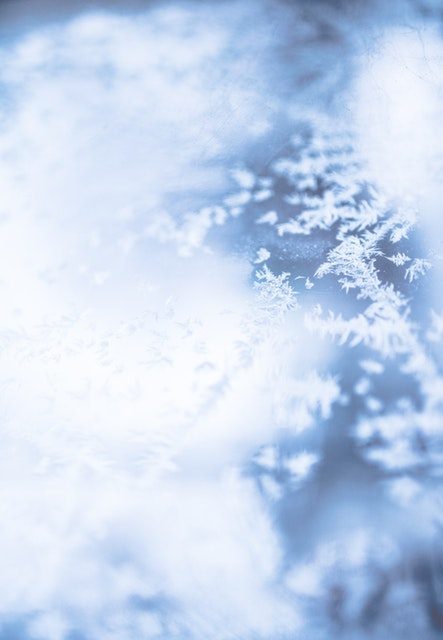
Planting Considerations for Winter Microclimates
It is important to take into account the cold sensitivity of trees and plants when choosing a planting location. Consider grouping sensitive tropical trees together, densely. This will not only streamline winter protection, but also watering and feeding needs (since tropicals tend to need more water), and summer protection, as they help shade each other and maintain humidity.
Planting sensitive trees along a south-facing block wall helps buffer low temperatures because the block wall acts as a heat sink, radiating heat back to the trees at night that it collected during the day.
When you are protecting sensitive plants from the cold, you are essentially covering them to keep heat in and prevent frost from settling on leaves. Increasing humidity in the area with other plants, mulch, ponds, and even deep watering also helps maintain heat in the area. Water in plant cells acts as an insulator and water in the soil increases the ground’s ability to retain heat from the sun.
You may wish to consider an inexpensive weather station with multiple sensors that track the temperature and humidity in your various microclimates. I especially like these in the winter to see how cold my open yard gets and track how well my cold frames are working.
Protecting with Structures
Many gardeners who plant tropical/cold sensitive trees in the low desert/Zone 9 choose to build some kind of cold frame structure to protect them while they are young. An effective cold frame boxes in the entire tree, without touching any foliage, and the chosen material covers the top and drapes onto the ground on all sides. For especially cold nights and/or especially sensitive trees, an added heat source is necessary.
Cold frames range from the inexpensive to the elaborate and can be built from wood, PVC, metal or a combination. PVC is usually the least expensive but also least sturdy, with wood and metal being more expensive but more sturdy and even permanent.
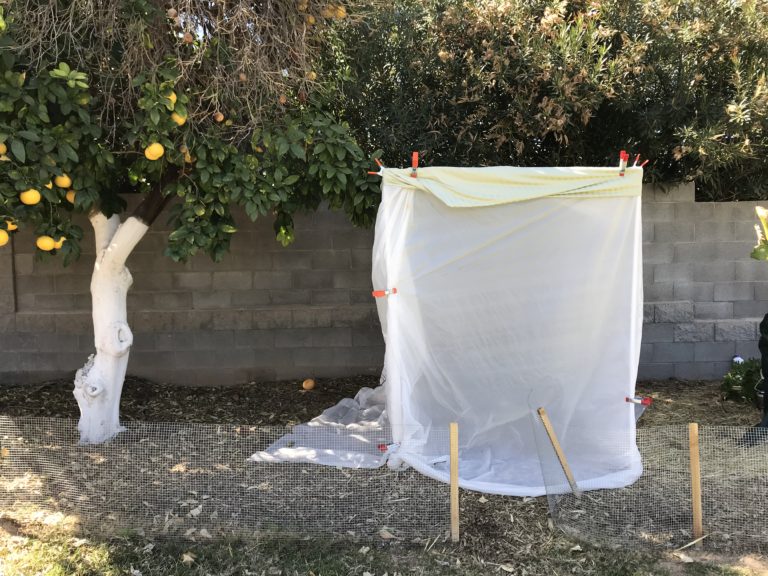
PVC Frame Structures
For a PVC cold frame, you will need:
- Thick-walled/high-pressure ¾” PVC pipe from Lowe’s or Home Depot
- Four 3-way elbows
- Four pieces of 3’ rebar
- Metal clamps
- An extra set of hands, optional but preferred!
Cut four pieces of pipe, ideally at least 6” taller than the tallest branch on your tree for the vertical supports. Cut four pieces, ideally at least 12” wider than the widest point of your tree (6” on each side). This extra room allows for any sag in your cover material, especially on windy nights! Put the structure together using the 3-way elbows for the top corners. No need to glue the PVC pipe, but do be sure it is tight. Sometimes we use a rubber mallet. Once the structure is fastened together, position it over your tree. Hammer the rebar into the ground next to each vertical support and then lift the structure up and then put the pipes over each piece of rebar. The clamps are used to fasten the cover material to your structure and are easy to reposition or remove if you are uncovering your tree during the day.
If your tree is very large, you may need to build the structure in place or even include multiple vertical supports. Honestly, PVC is probably not strong or rigid enough to stretch more than 10 feet per side.
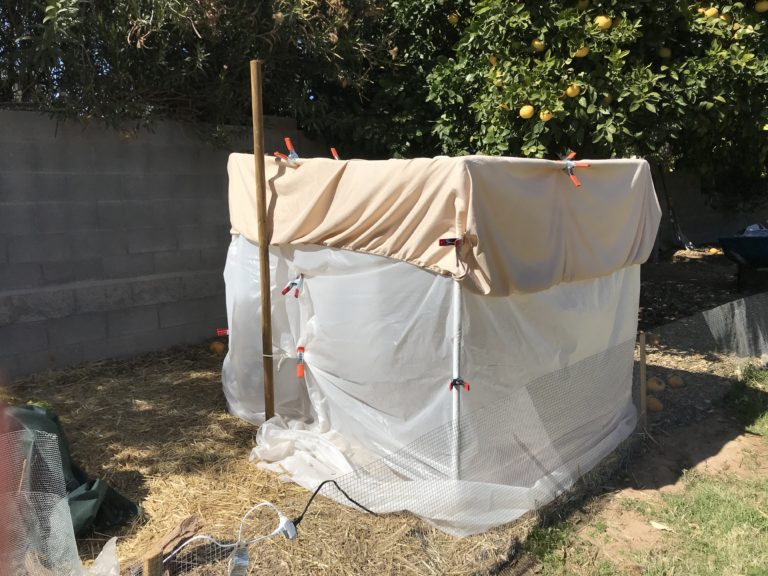
Wood Frame Structures
For a wood cold frame, the sky is the limit in terms of design. Take your space, the size of your tree, and your woodworking skills into account when designing a structure. We built a semi-permanent greenhouse structure against the west block wall to cover our tropicals. The structure consists of four treated 10’ 4×4 posts sunk in 5-gallon buckets of concrete. They are attached together with two rows of treated 2x4s. The posts are also supported and stabilized by the block wall with 2x4s that sit over the edge. In the winter of 2018/2019, we covered it with 6mil plastic. This year, we will try frost cloth. See more about coverings below.
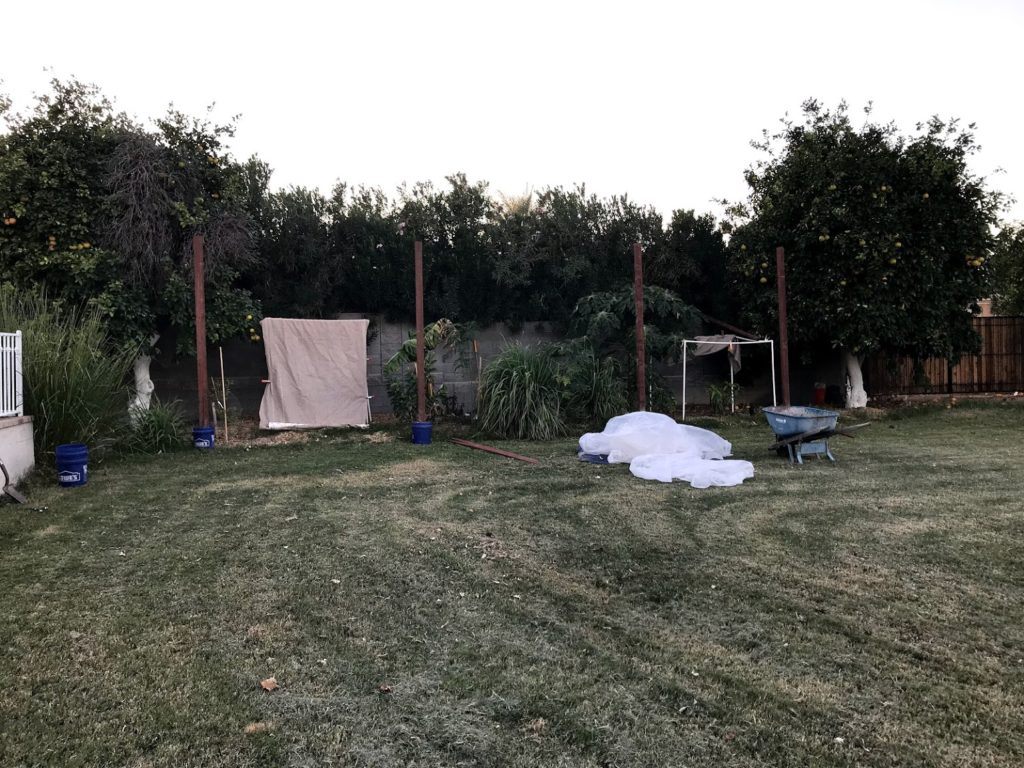
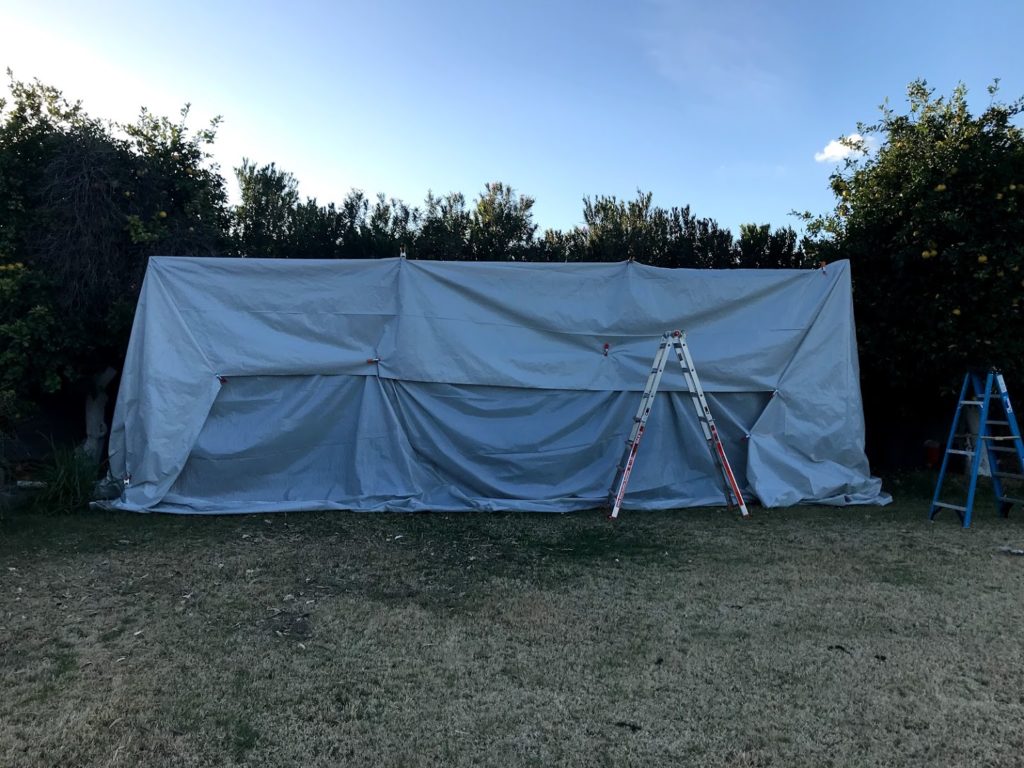
Other Structures
If you don’t want to build a custom structure, you could consider purchasing a collapsible shade structure/tent. We used one like this over young avocados for the summer and winter.
You could also create a hoop house (tutorial in our Summer Microclimates article) and cover it with plastic over the winter.
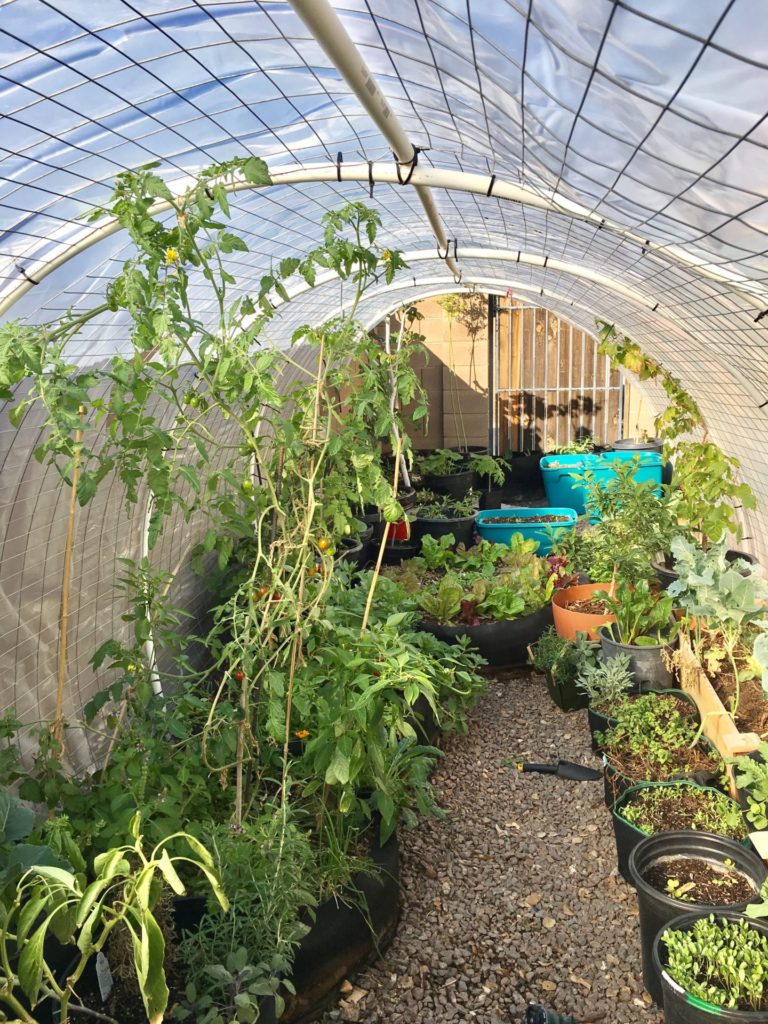
Cover Material
There are three main materials people use to cover structures: sheets/cotton fabric, plastic sheeting, or frost cloth/blanket. Whatever material you choose, there is a correct way to cover plants. Ensure the material drapes over your structure and down to the ground on all sides and does not touch branches or leaves. This allows your structure to capture the heat that radiates from the ground and prevents it from dissipating. Do not attach or wrap your cover material around the base of the tree like a lollipop – that defeats the purpose!

Sheets
Yep, just your standard bed sheets. Some people just throw fitted bed sheets over trees. In the past, we have used fitted sheets for the top of a PVC structure for airflow with plastic on the sides. This performs somewhat acceptably in preventing frost from settling on foliage, but will not save a tree on a very cold night.

Plastic Sheeting
Painter’s plastic comes in a large roll in most hardware stores. To last an entire winter and beyond, 6mil thickness is recommended. Plastic acts like a greenhouse by allowing light and heat in during the day and helping to trap it overnight. Plastic does have some disadvantages, though. During periods of rain, it can pool and the weight of the water misaligns or can break your structure. Plastic can also create too humid or hot of an environment for some trees without airflow.
Frost Cloth/Blanket
Frost cloth is a unique fabric that is actually able to insulate by 4-8F based on material thickness before supplemental heat. Additional benefits include improved airflow and water permeability. We plan to use frost cloth for our structures this winter. The rain we experienced last winter pulled down our plastic a frustrating number of times.
Added Heat Sources
The only heat source we’ve used with success is a halogen light. And we’ve popped breakers and blown fuses experimenting with how many we can run on a single extension cord. This is not my favorite part of winter protection, but on several nights a year, it is necessary.
Protecting with other plants and trees
Tall, evergreen trees with large canopies help trap in heat and prevent frost from settling on sensitive leaves. The canopy also helps trap any heat that accumulates in the soil from the sun during the day.
Vines, bushes, and shrubs planted strategically around help to protect and insulate the trunks and foliage of sensitive trees and also hold in heat and help prevent frost from settling. I have a large rose bush on the outside of my starfruit tree, which is also planted in the inside corner of a block patio wall. The rose bush prevents drafts and protects some of the lower foliage and fruit. I leave it large over the winter for protection and trim it way back in the spring.
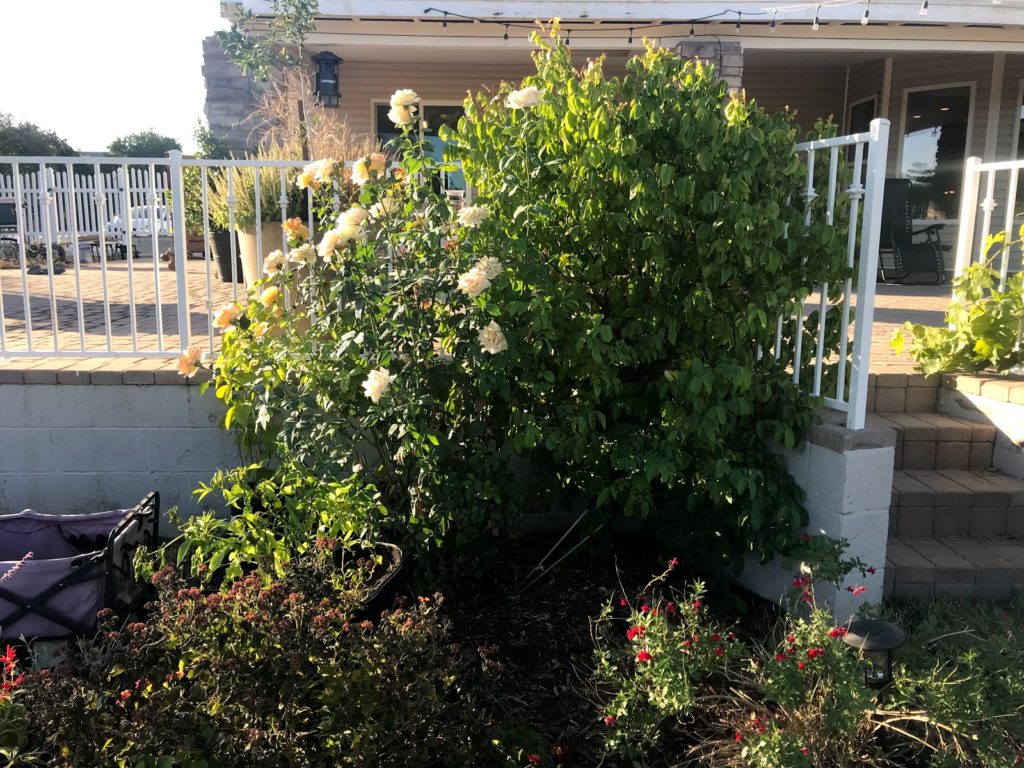
We have several mature grapefruit trees on our property that do not require protection and actually provide protection to many sensitive plants and trees. You can see how the passion vine on the side of the large citrus tree (right image below) is less damaged than the side that is exposed to the elements (left image below).
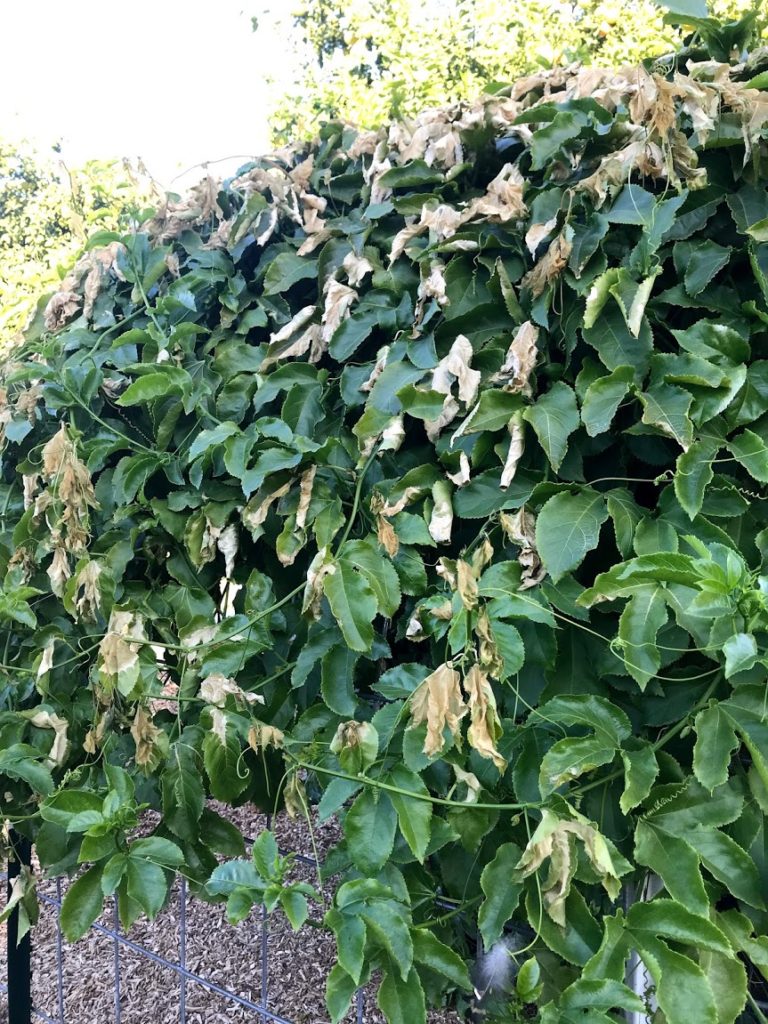
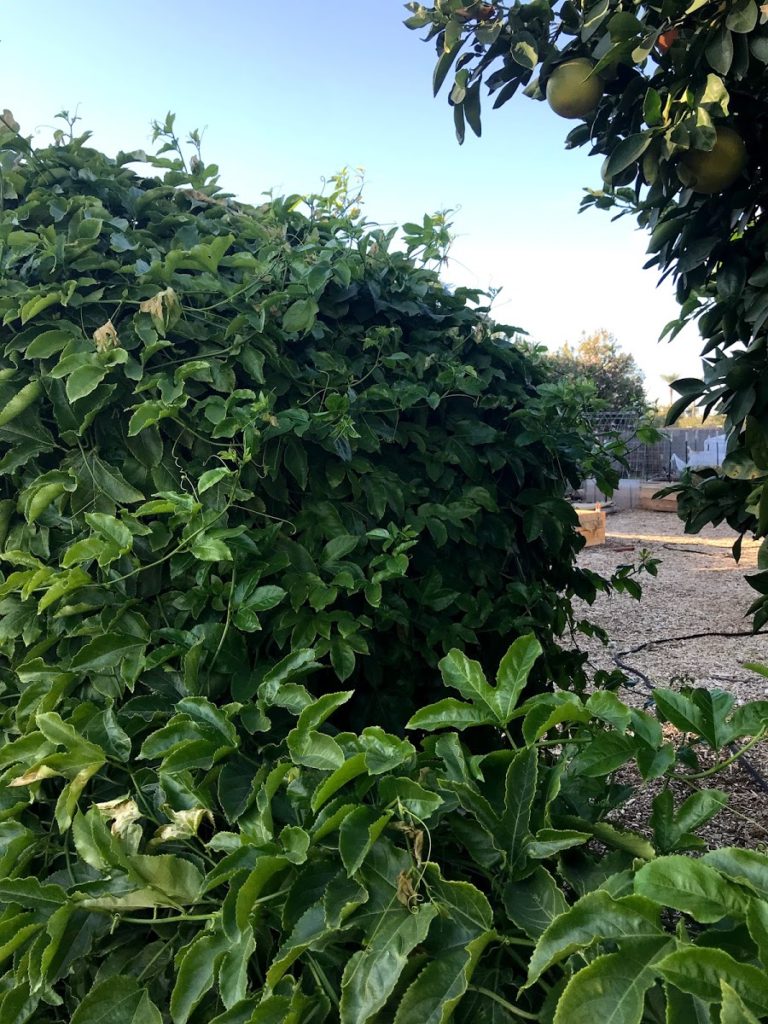
Protecting Vegetable Gardens
At some point, you may wish to cover plants in your winter vegetable garden and you can use similar strategies. Frost blanket and low tunnels work well – commercial farmers have used them for years! Amazon has some great options.
You can also use small photography umbrellas, plastic sheeting, or bed sheets to keep frost off plants on particularly cold nights. It is important to keep any of these coverings from touching the foliage of plants.
Other Protection Methods
In addition to building structures and using your surrounding microclimate plants and trees, there are some other methods that can help insulate plants and trap heat.
- Mulch and straw help insulate plant roots. Spread a thick layer on the ground over the roots of sensitive plants and trees. We have used hardware cloth rings stuffed with about 6” of straw to insulate bananas. The foliage generally does not survive the winter, but as long as the corm is insulated, the tree should survive. Dark colored mulch also absorbs more heat during the day.
- A heat sink is basically some mass that absorbs heat during the day and radiates it back throughout the night to help moderate temperature extremes. A block wall is a great example. You can also use 55 gallon drums full of water. Think about ponds, rainwater catchment systems, even dark colored structures or weed fabric on the ground – these will all collect heat during the day. The ground is actually the largest and most powerful heat sink.
- Ground soaking is a method some people use in anticipation of an especially cold night. Deep water sensitive trees once temperatures reach 40F. It is important to water early enough that plants have time to absorb the water since it provides insulation within the leaves. Water in the ground also acts as insulation and enhances the soil’s ability to soak up and hold heat. Humid air is also better able to retain heat than dry air. Keep in mind, overwatering during the winter can lead to root damage/rot. Also be sure not to wet plant leaves as they can freeze overnight causing damage.
- Hot compost pile. This is something I tried last year but could not keep the pile hot enough during the winter. It might work though, especially if you can add a lot of animal manure to keep the pile hot! This might work in a larger covered structure. Take caution though, you don’t want to put un-composted/hot animal manure too close to sensitive plant roots.

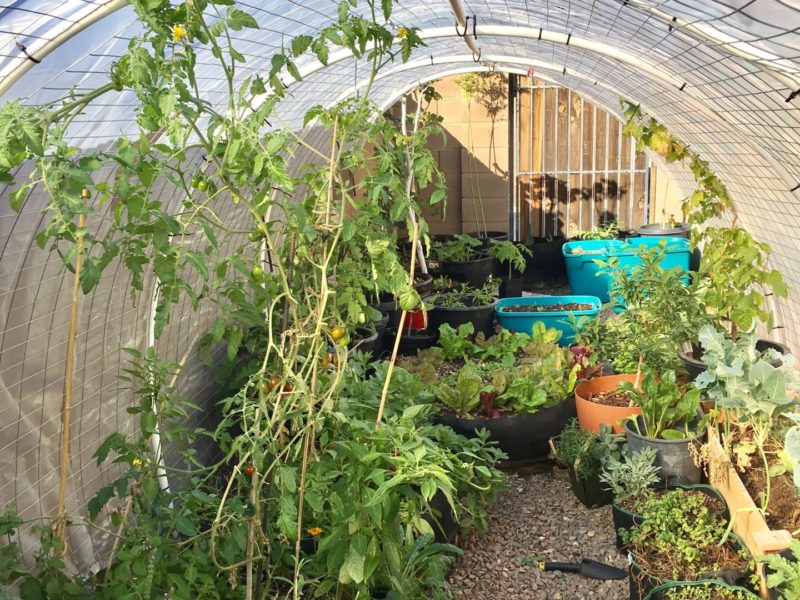
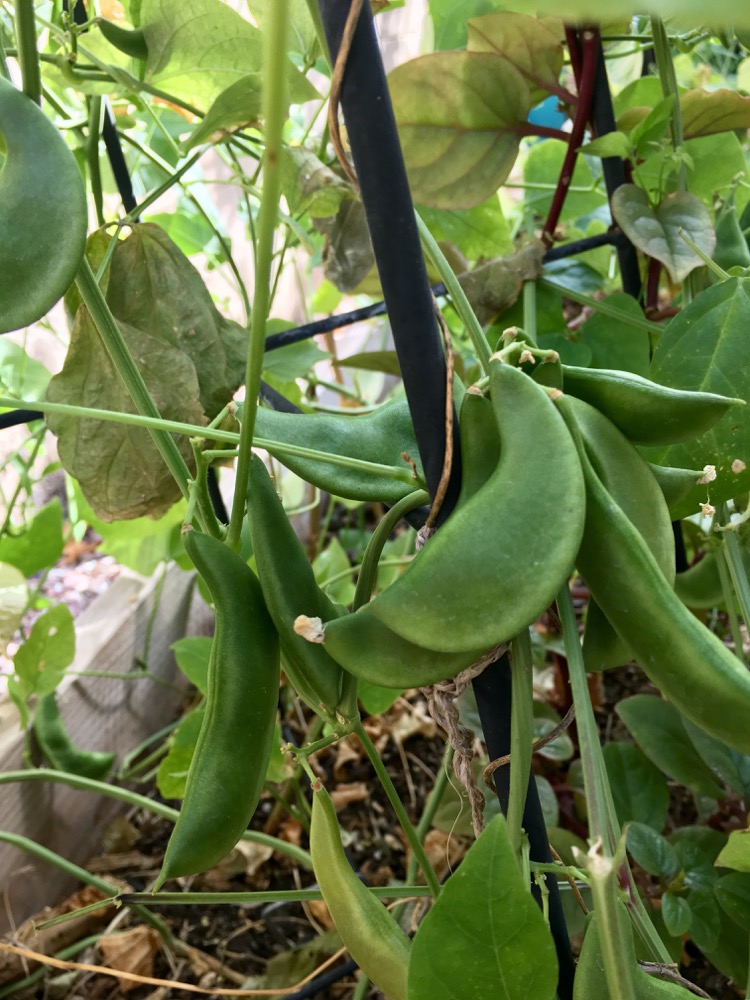
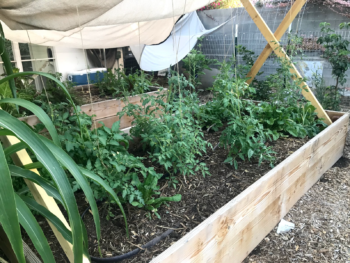
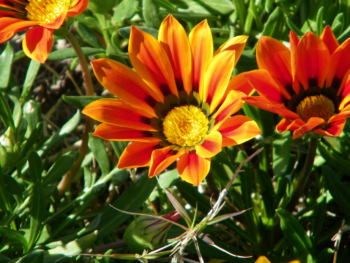
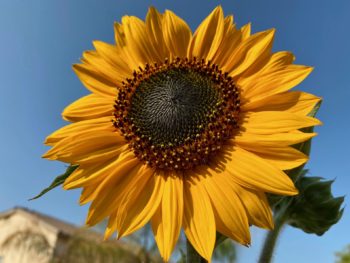
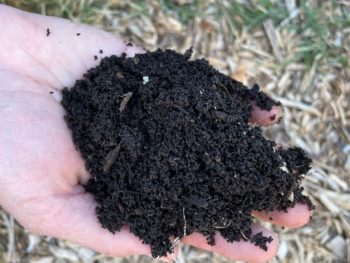
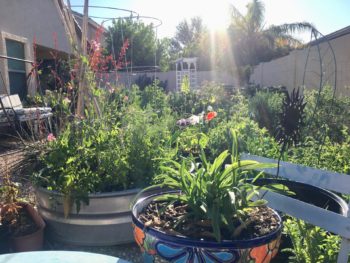
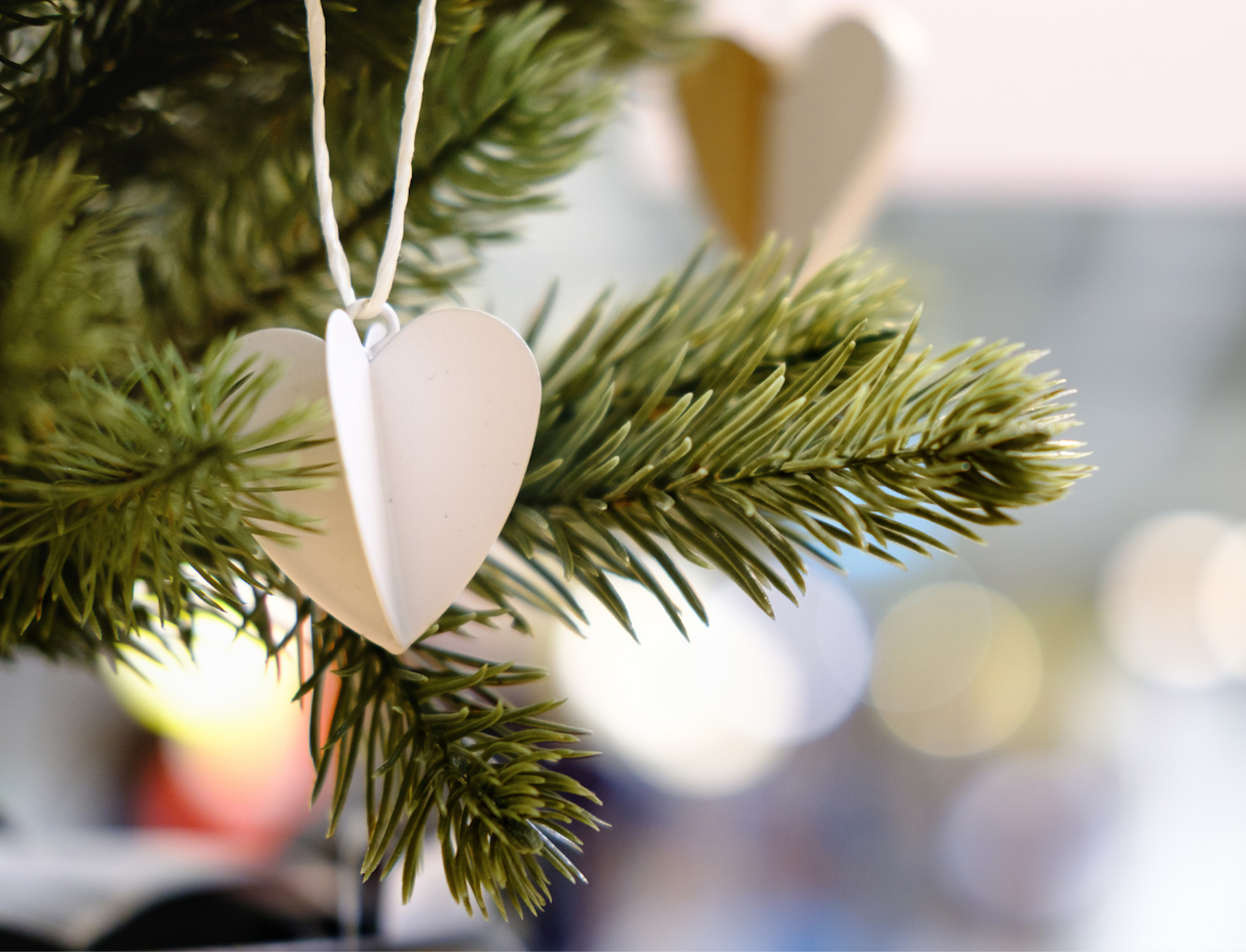
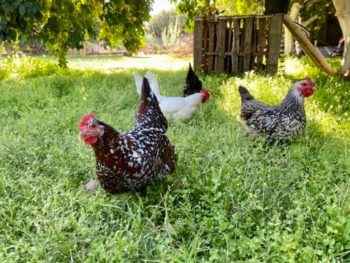
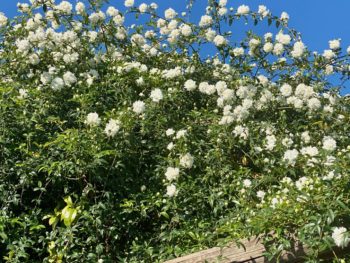
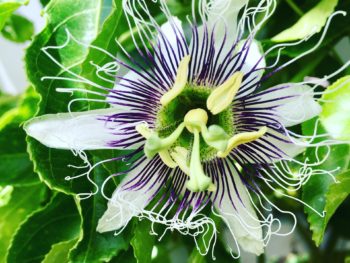
 My Favorite Seed Companies
My Favorite Seed Companies